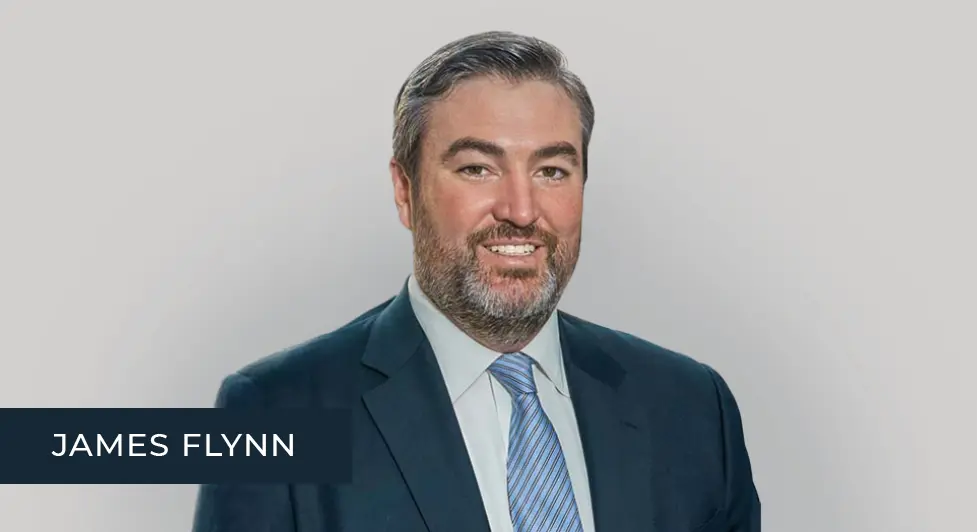In the five months since his inauguration, President Donald Trump has signaled an intent to shift America’s role in global affairs, reduce the size of government, and revisit a range of longstanding positions. But when it comes to translating positions into policy, the devil is in the details. Many initiatives remain in development, and others face legal or logistical hurdles that have slowed their implementation. As a result, the long-term outcomes of the administration’s approach are still taking shape.
In this environment, it is no surprise that interest rates are volatile. In the last five months, the 10-year Treasury has fluctuated between 4.0% and 4.6% — and this volatility, combined with uncertainty about tariffs, taxes, and immigration, have overshadowed solid multifamily market fundamentals even as oversupply in Sunbelt markets burns off.
Our June 2025 webcast, entitled Turning Point Multifamily Strategies Amid Policy and Economic Shifts, gave us an opportunity to gauge the reaction of market participants to this situation. To gain a broad perspective, we invited both investors and experts to join us: Nicholas Matus, president and chief operating officer of Benedict Canyon Equities (BCE), a private real estate investment firm focused on the western United States, and Jeff DeBoer, founding president and CEO of The Real Estate Roundtable, the nonprofit public policy advocate for the commercial real estate industry. It was a pleasure talking with them.
Tariffs and Interest Rates
While our audience poll indicated that a majority of multifamily investors — 59% — currently plan to be net holders for the year, Jeff and Nick were optimistic about the prospects for commercial real estate, and the apartment market in particular. While both recognize the dampening effect of uncertainty, they see the market gaining momentum as the year progresses. Jeff believes that tariffs will ultimately settle into the 10% to 15% range. “When the policy overhang settles out and we have more certainty, I think the economy — and real estate — will be poised to go forward,” he said.
While Jeff was measured in his outlook on tariffs, Nick cautioned on a potential lingering effect: “Through inflation, tariffs will drive up operating costs and the costs of development and renovation. We expect the cost of materials, wages, and insurance to all go up.”
Though tariffs are a major point of concern, Nick sees interest rates having a greater impact on the market, and all three of us see the 10-year Treasury ending the year in the 4.5% range. This is consistent with our audience poll, in which 79% expect the 10-year Treasury to land between 4.0% and 5.0%. And while Jeff and NIck hope that the growing number of respondents — 21% in June compared to 10% in our January webcast — who believe rates will exceed 5.0% are wrong, volatility is ultimately more concerning than the rates themselves. “People can transact at high interest rates,” Jeff said. “We’ve done it before and will do it again. But if rates are constantly going up and down so much that no one knows where they are going to be in the next quarter, that’s a problem.”
Multifamily Fundamentals on the Rebound
When the discussion moved to the apartment market, Jeff and Nick struck an upbeat note. COVID spurred a flurry of new multifamily construction, which led to the well-known spike in deliveries in 2024 and 2025. This created a supply overhang in such BCE markets as Phoenix, Colorado Springs, and Reno.
But as the pace of deliveries begins to cool, consistently strong demand is soaking up excess supply. Rent growth has resumed, occupancy is inching up, and asset values, which bottomed out last year, are already turning around. Nick cited the Commercial Property Price Index, which has been slowly but steadily recovering since April 2024. This situation creates opportunities for investors to return to the market while it is on the upswing.
The challenge, however, is finding opportunities. Nick was part of the 35% of audience members who asserted they would be net buyers by year end, but he conceded that with just 7% declaring themselves net sellers, transacting is going to be a challenge. “The only people who are selling right now,” he said, “are those who absolutely have to, who need to repatriate capital or complete a 1031 exchange.”
A Finely Tuned Strategy
With 19,000 units in its portfolio and a 20-year history, BCE has developed a very specific set of strategies that are helping it identify opportunities in this environment. BCE’s specialty is market-rate workforce housing. It caters to the blue- or grey-collar worker by necessity, those with a household income of between $65,000 and $100,000. It has a presence in 15 markets in nine Western states, where it buys and renovates properties that date from the 1980s to the early 2000s.
Currently, BCE is focusing on markets that are in the process of burning off their excess supply. “We are basis buyers,” Nick said. “We are looking at great sticks and bricks to hold for five to 10 years in markets that will grow out of their supply overhang.”
BCE also is also seeking bargains in the more highly regulated coastal markets, those where oversupply has never been an issue. “Rent control, eviction moratoriums, and ceilings on rent growth discourage investor activity in these areas, which tends to raise cap rates,” he said. “We are looking for undervalued properties in select markets where local regulation is less stringent.”
The One Big Beautiful Bill
There is also good news for the multifamily industry in the One Big Beautiful Bill working its way through Congress. Jeff and his staff at The Real Estate Roundtable have been coordinating with his membership, which includes the chairs, presidents, and CEOs of top public and privately-owned real estate entities and trade associations, to ensure that real estate is treated fairly.
When Jeff started the Roundtable in 1995, his goal was to shift the narrative from real estate personalities to real estate as an income-producing asset. “We want the asset to be healthy and grow, so that it can provide jobs and revenue to communities and cities,” he said. “We want it to be taxed on its economic basis, have appropriate access to credit and capital, and to be built in a safe, energy-efficient manner.”
The Roundtable is looking at the tax bill through this lens. On balance, Jeff said, the bill is turning out well for the industry, both in terms of what it contains and what has been left out. The Roundtable and industry allies have waged a stiff fight to head off a proposal to deny businesses the ability to deduct state and local property taxes. And so far, they have also been successful in heading off attempts to increase taxes on carried interest.
I am pleased to see, that the bill, as it stands, includes provisions to extend opportunity zones to 2033, allow investment of ordinary income, and create additional zones. It would permanently extend the deduction for pass-through income, raising it to 23% and lowering the top effective tax rate on qualifying income to 28.5%. And it renews an increase in 9% low-income housing tax credit (LIHTC) allocations to 12.5% and lowers the private activity bond threshold for 4% LIHTC deals from 50% to 25%. “There are still many rounds of negotiation to go, but we feel optimistic that, on the whole, this bill will improve the environment for real estate investment,” Jeff said. Senate leaders aim to deliver the bill to President Trump’s desk by July 4.
It’s Time to Turn to the Housing Crisis
Although the multifamily market goes through periods of oversupply, nationally, we have failed to build enough units, especially in the 2010s, to keep abreast of overall demand. One important and often overlooked dimension of the supply challenge is the age of existing housing stock. According to the Harvard Joint Center for Housing Studies, U.S. rental stock has a median age of 44 years, up from 34 years two decades ago. Jeff quoted a recent U.S. Chamber of Commerce finding that the United States faces a shortage of over 4.5 million homes. He pointed out that while undersupply may be good for real estate investors, it hurts the public. There must be a way to find a happy and healthy medium.
But as Nick and Jeff pointed out, this is not for want of trying. There is not much developers can do to lower the costs of quality construction and build new units that the majority of renters can afford. Companies like BCE provide a public service by renewing older apartments that otherwise might fall into disrepair or obsolescence, but there is only so much the private sector can do on its own. Expansion of the LIHTC and Opportunity Zone programs are the most obvious examples of effective private-public partnerships that can add new supply, but, in Jeff’s view, there is much more that the federal government can do. “Washington needs to look at every initiative through the lens of housing to determine if it adds to supply and makes housing more affordable,” he said. “Agencies that have a hand in housing need to talk to each other. That’s how we can make a difference.”

